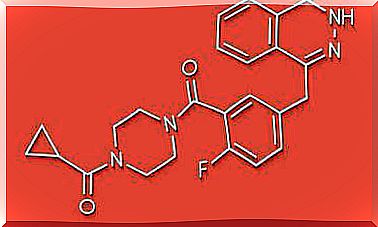What Are Opioids And What Are They Used For?

Man is constantly looking for ways to relieve pain. Like many other medications, opioids also provide relief from pain. In this article, we take a closer look at opioid use patterns.
Classification of opioids

Opioids are classified according to how they bind to receptors. They can be:
- Pure agonists
- Agonist-antagonists
- Partial agonists
- Pure antagonists
Pure agonists
Opioids that are purely agonists bind directly to μ-type receptors. Because of this interaction, they produce an analgesic effect, a feeling of euphoria, respiratory depression, constipation, nausea, vomiting, and urinary retention. The disadvantage of using pure agonists is that the activation of these receptors causes many different side effects.
For example, morphine is a purely agonistic opioid. The higher the dose, the greater the analgesic effect. But it also causes a lot of side effects.
Heroin is also a powerful painkiller. But because it is highly addictive, its use is not allowed in most countries.
Briefly, pure agonists are opioids that act as agonists, or receptor activators, and are the most effective of all. They are mainly used to treat certain types of pain, for example:
- After the surgery
- For severe chronic pain not affected by other painkillers
- In cancer
- For severe temporary pain
- Pain associated with myocardial infarction
Agonist-antagonists

This group of opioids is not specific, i.e. they can act as partial agonists and also as antagonists. They can bind to both µ-receptors and κ-receptors.
Activation of κ receptors also produces analgesia, but the effect is milder than in the activation of µ receptors. Agonist-antagonists exert an analgesic effect through activation of both receptors.
These drugs do not cause respiratory depression as a side effect. But they also cause some unpleasant side effects, such as hallucinations, anxiety, and vomiting, among others. They can also be addictive.
However, pentazocine, which has a moderate analgesic effect, is found in this class of drugs, it is three times weaker than, for example, morphine and nalbuphine.
These medicines are mainly used to treat moderate to severe pain.
Partial agonists
Partial agonists bind strongly to opioid receptors, but their effect is still weaker than that of pure agonists. Therefore, in the presence of the latter, they can also act as antagonists.
One example of opioids in this group is buprenorphine. It affects several types of receptors, which is why potential addiction develops more slowly.
Partial agonist opioids are mainly used in the following ways:
- For the treatment of moderate to severe pain.
- In pre- or post-operative pain relief.
- In the treatment of addiction to other opiates, such as heroin.
Pure antagonists

These opioids are opiates that bind to opioid receptors, but do not activate but block the action of target receptors. They are able to bind to three main types of opioid receptors.
Naloxone is found in this group. It is used primarily in emergencies to reverse the effects of opioid overdoses that could endanger the patient’s life.
Naloxone can also be used postoperatively to reverse the effects of opioids given during surgery. Opioids can also be injected into newborn babies to reduce the effects of opioids the mother received before giving birth.









